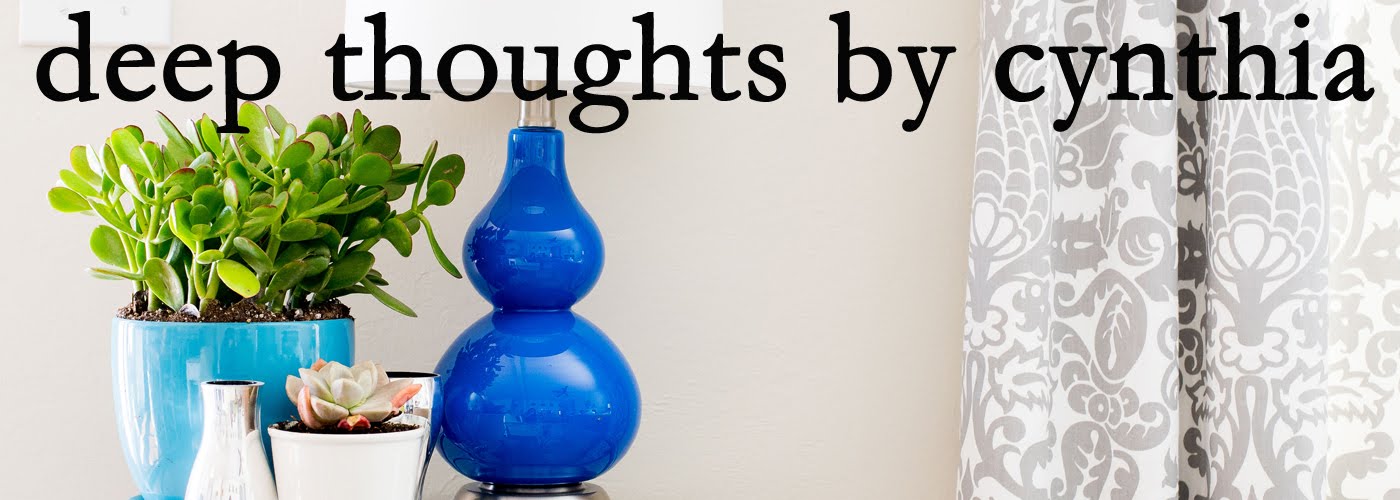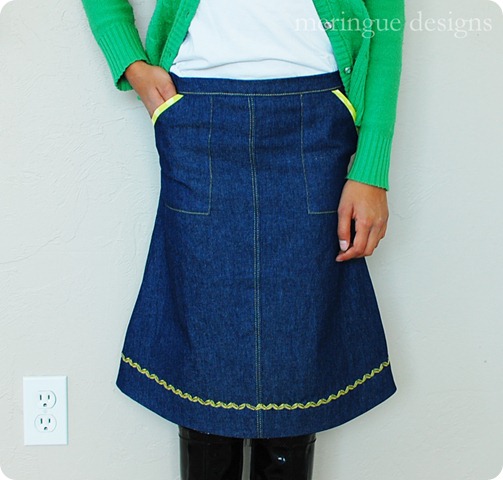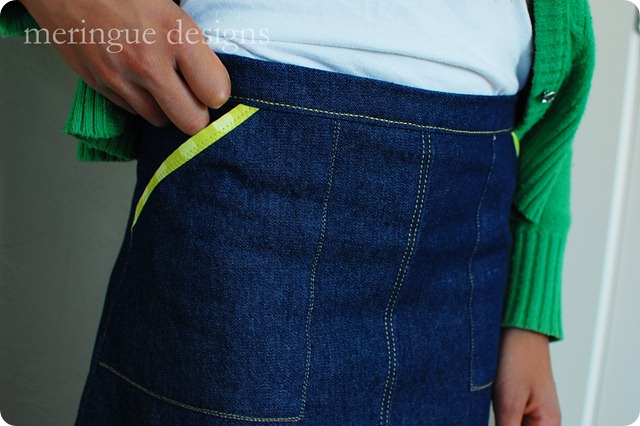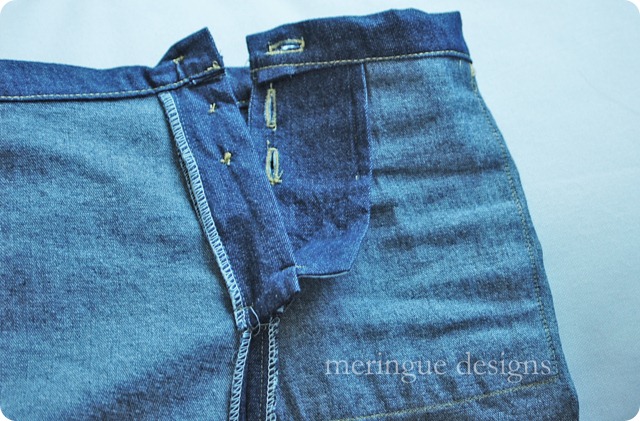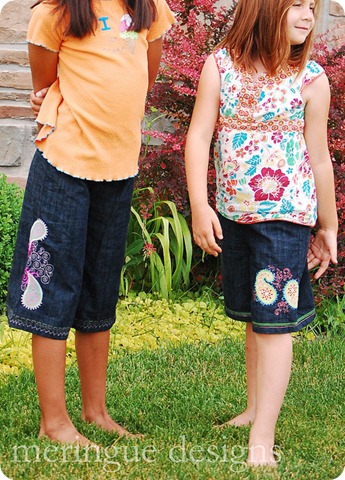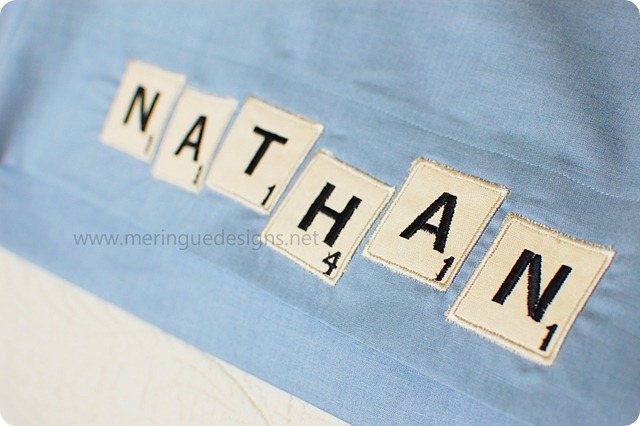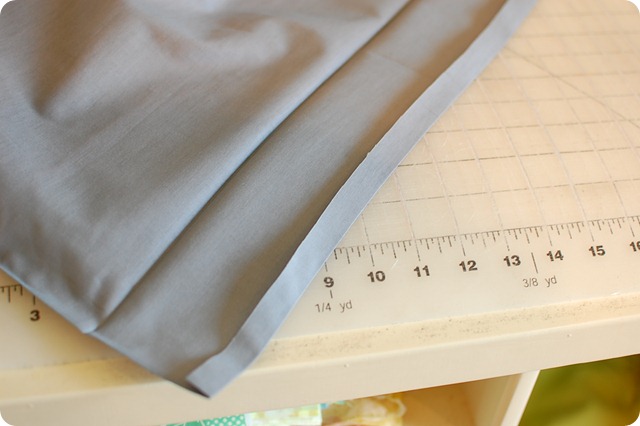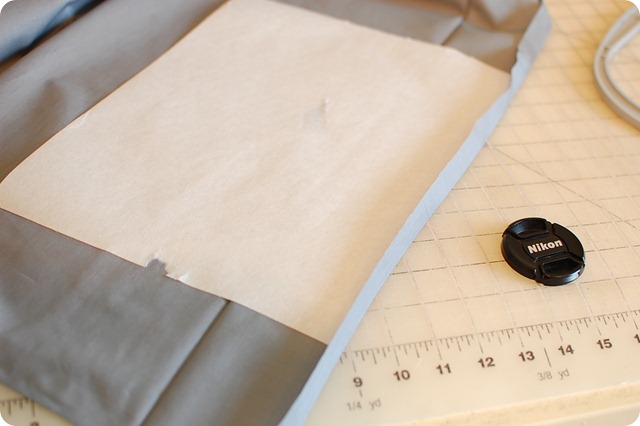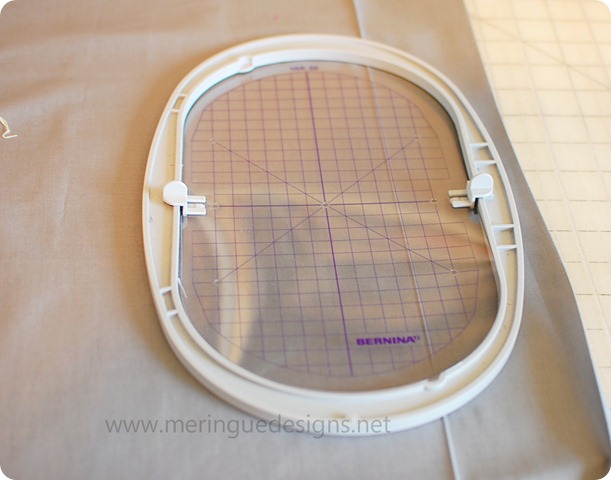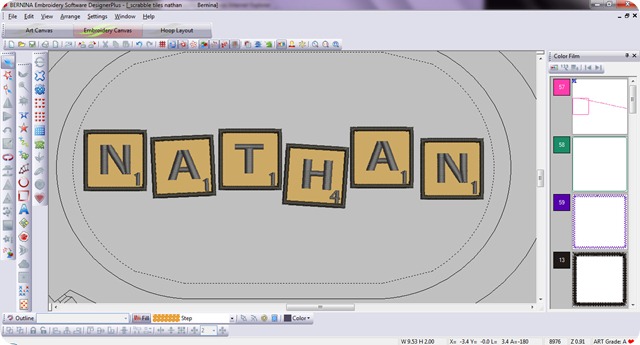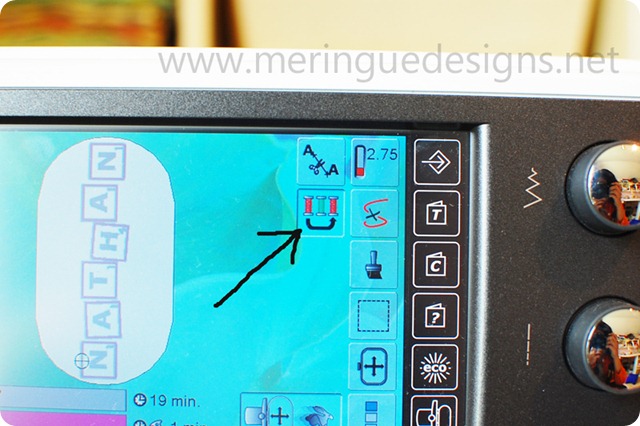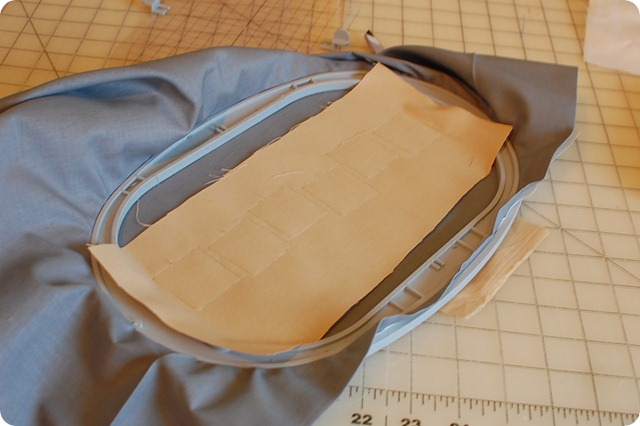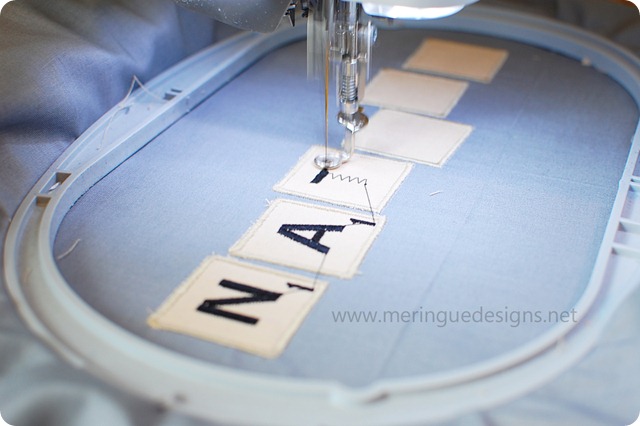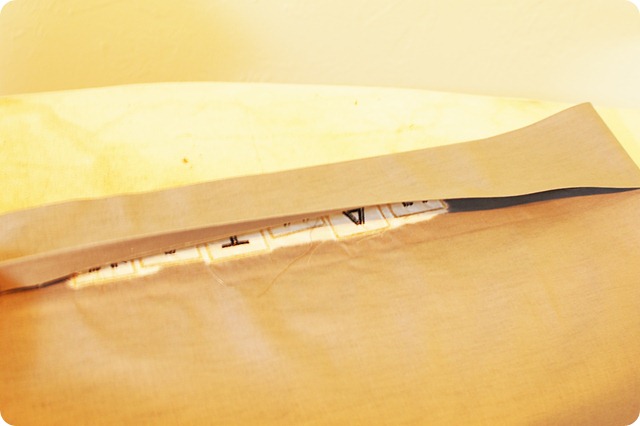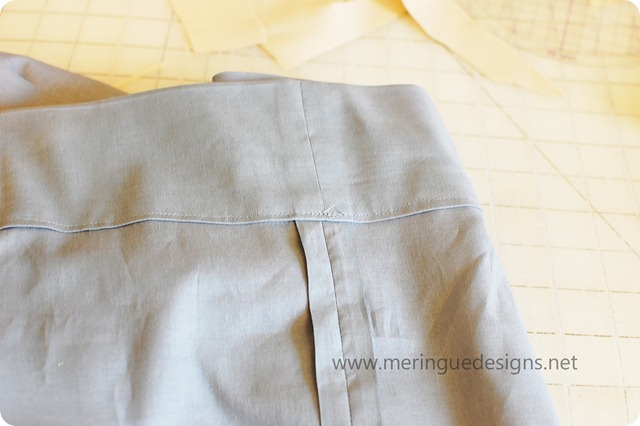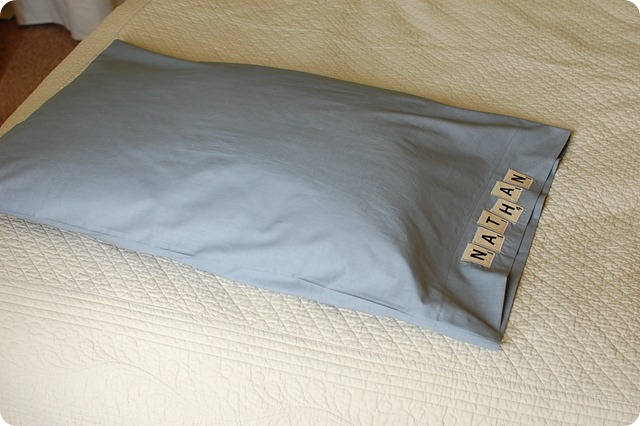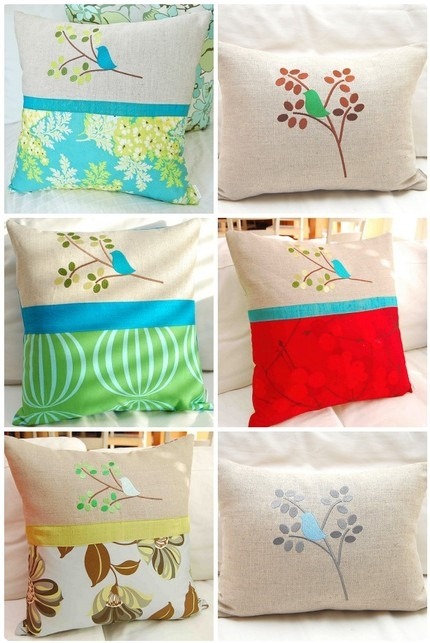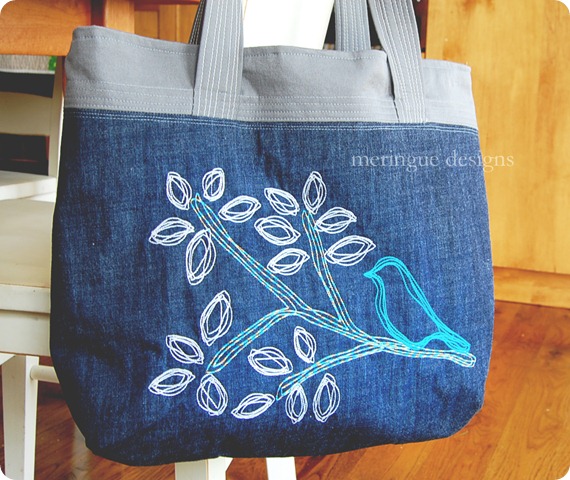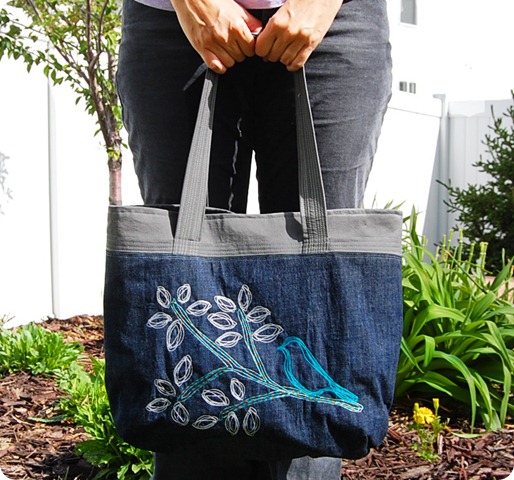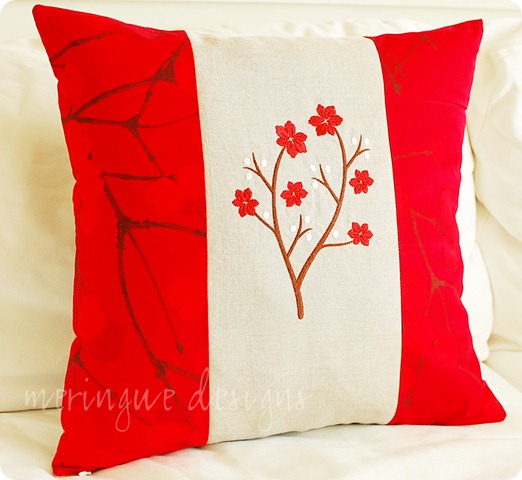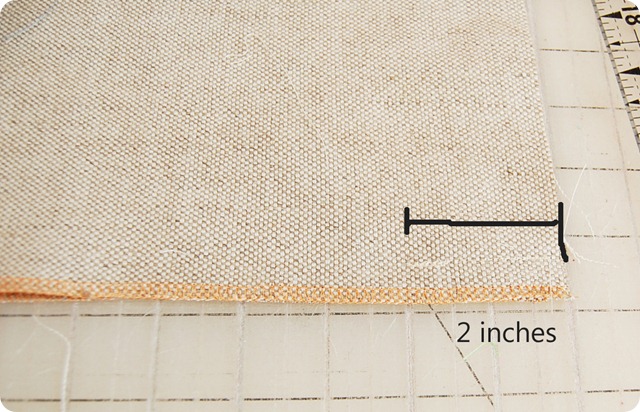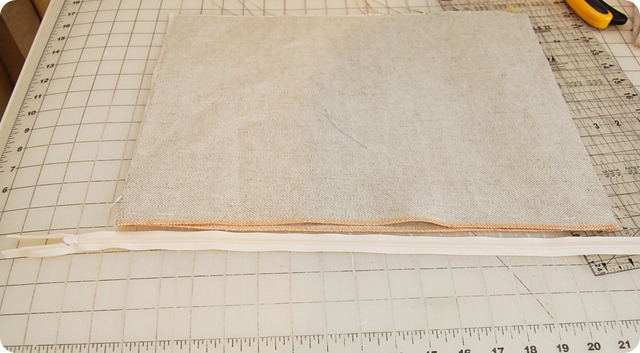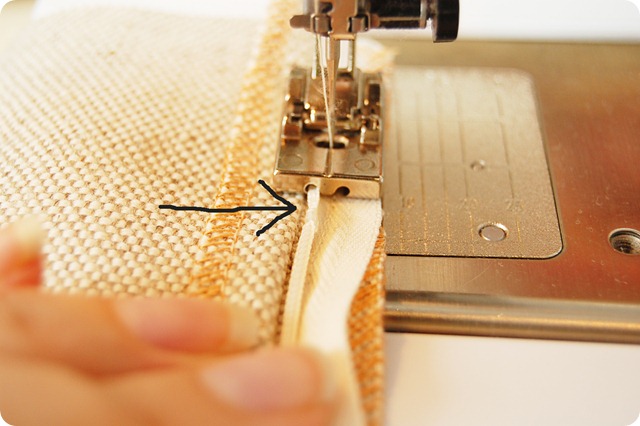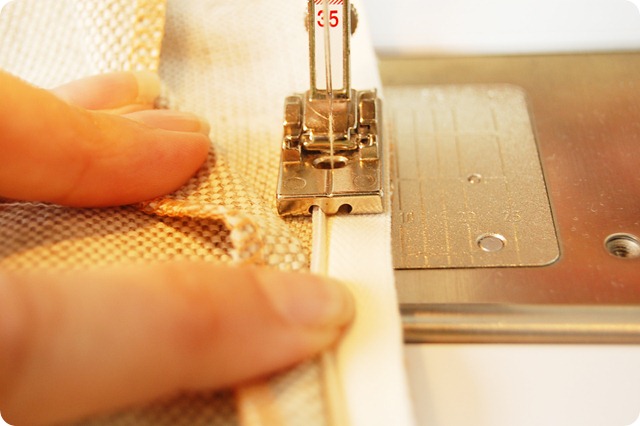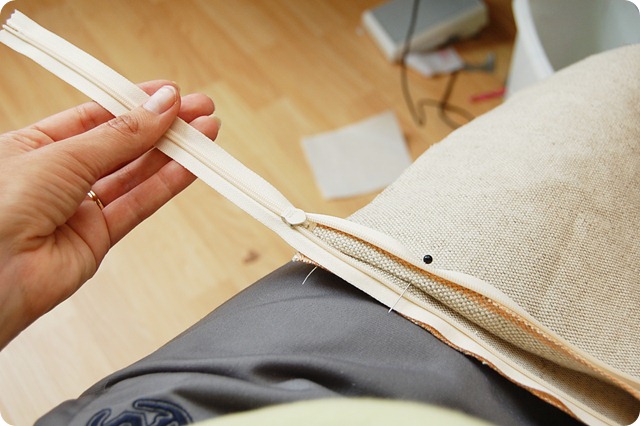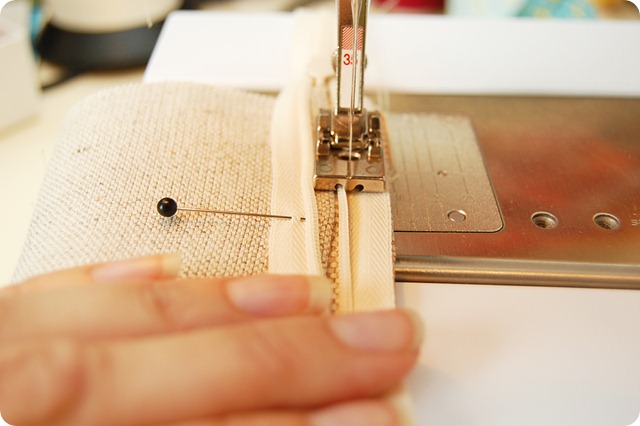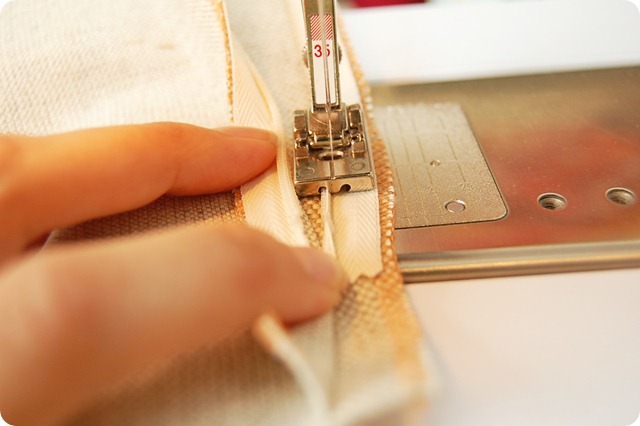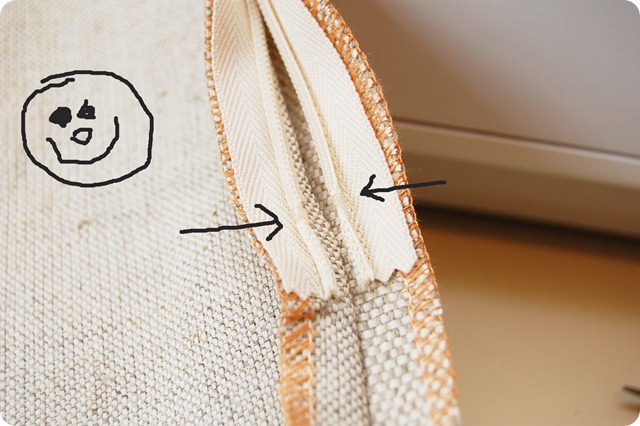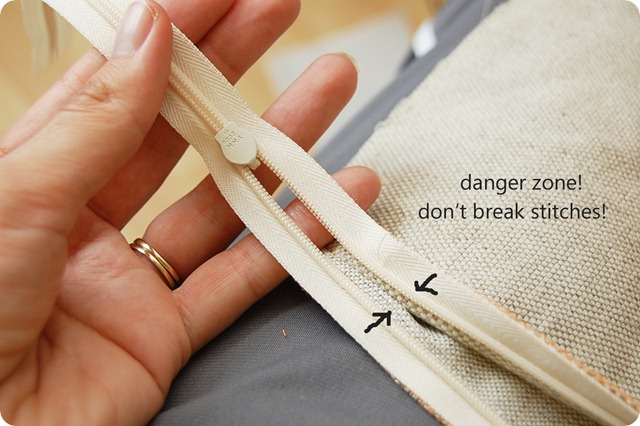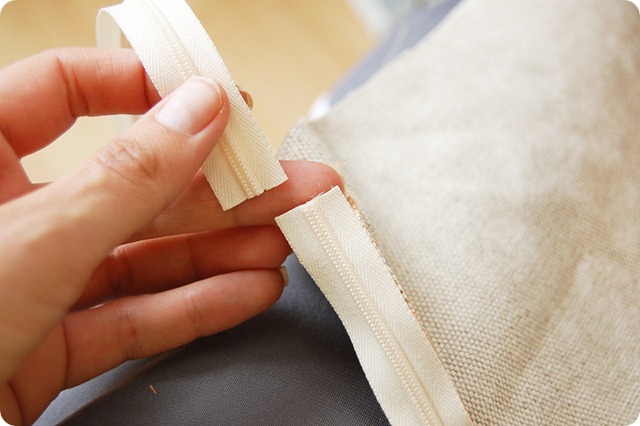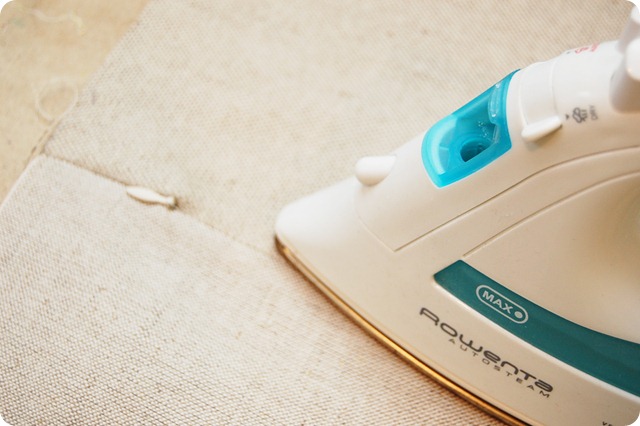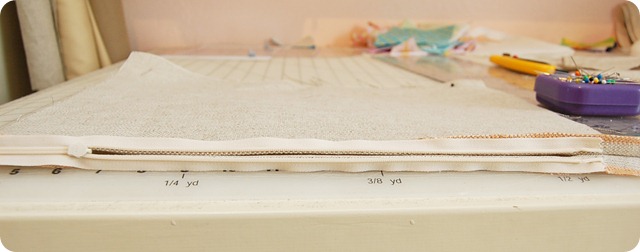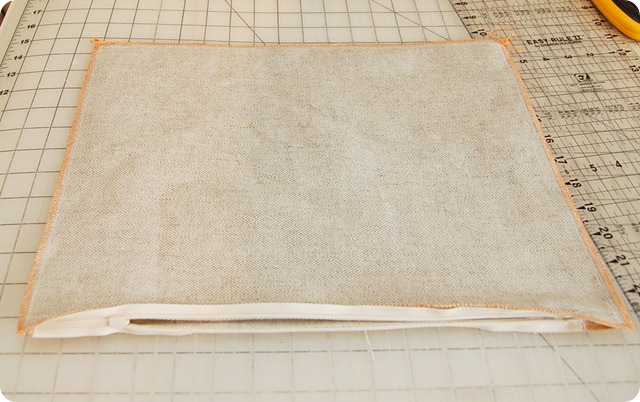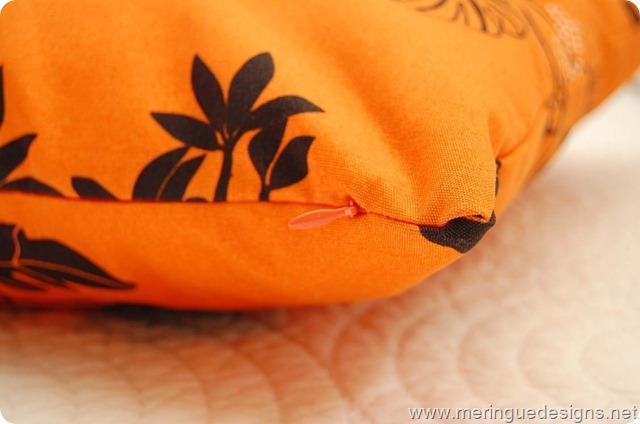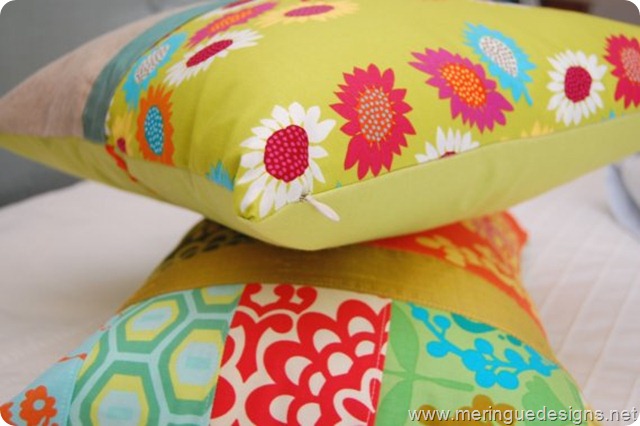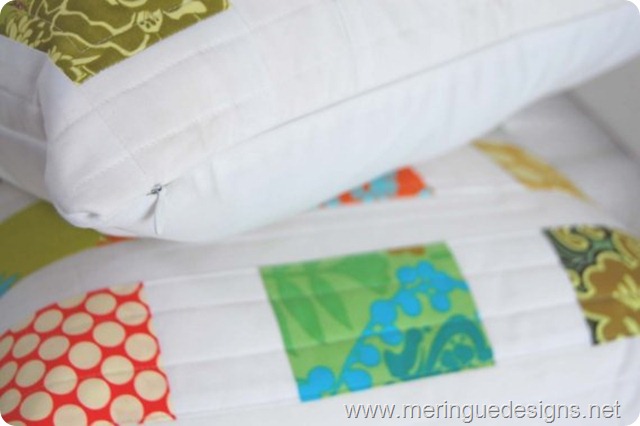I get emails at least a few times a week asking me what kind of fabric is used for my embroidered pillows. Is it burlap? Is it cotton? Is it linen? Where do you buy your linen? I am flattered, really. So I hope this post helps you make some decisions.
Yes, the majority of my embroidered pillows are embroidered on 100% natural linen. I prefer a medium weight linen, around 8-10 ounces. That means that a yard of linen weighs 8oz. This weight can be difficult to find, although I have seen the 8oz. linen at
http://www.fabric-store.com/ once in a while. I have always bought my 8-1o oz. linen on ebay, although this is getting harder and harder to find—at least at a decent price.
I also use a 50% coupon at Jo-Ann’s Fabrics and buy whatever oatmeal-colored linen they have on hand. I am guessing it is around 6 ounces. While this linen is lighter weight, it embroiders beautifully. My trick is to use heavy duty spray starch to stiffen it up before embroidering. I do not wash it before hand as this makes the fabric even softer. I have washed pillows made out the Jo-Ann linen and they wash up just great even though I didn’t pre wash my fabric. I hate prewashing fabric and avoid it whenever possible. (Sewing clothing is my exception—wash first.) This
technicolor vine pillow was made with the Jo-Ann linen. See that gorgeous nubby texture? That’s what I love about linen.
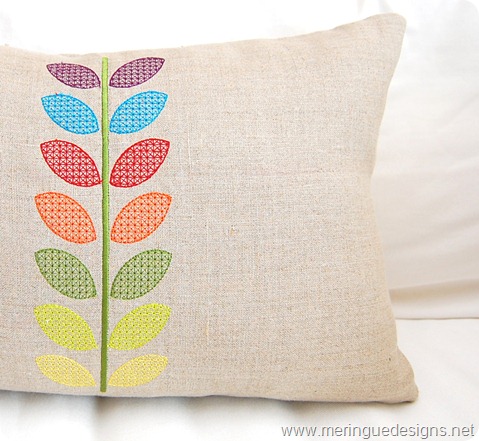
Speaking of texture, you gotta be careful. Make sure you embroider on fabrics with a tight weave. The below image shows you what I am talking about it. That heavy weight linen is too open a weave for embroidery. I found this out the hard way. (The medium weight on the left is what was used on the above pillow.) I bought 10 yards of the heavy weight linen off of ebay so I had to sell pillows not embroidered with it. I was so mad. The weave is a large open weave so my stitches looked sloppy and ‘sank’ into the waffle of the fabric. Not good.
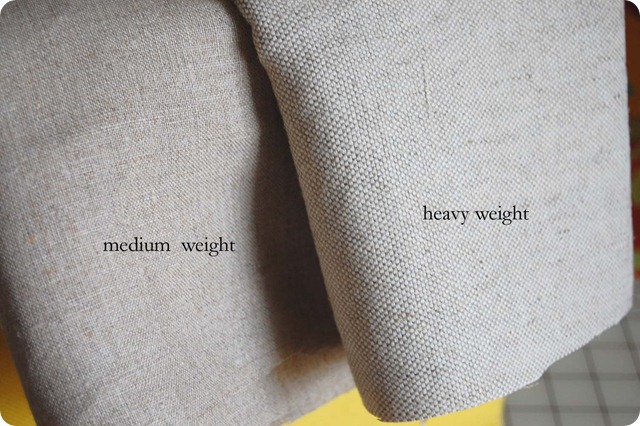
But I found a good use for it, like these silk trimmed pillows:
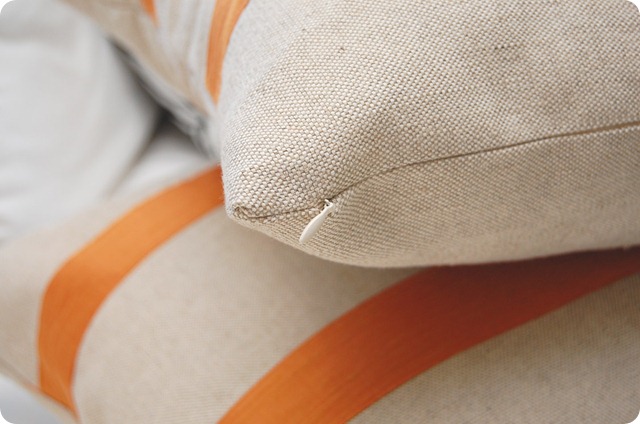
And actually, big open weave fabrics like the above work okay on simple redwork designs. Again, here is the heavy weight linen on a purse with my poppies design. But filled designs looked awful. I wish I had a sample to show you.
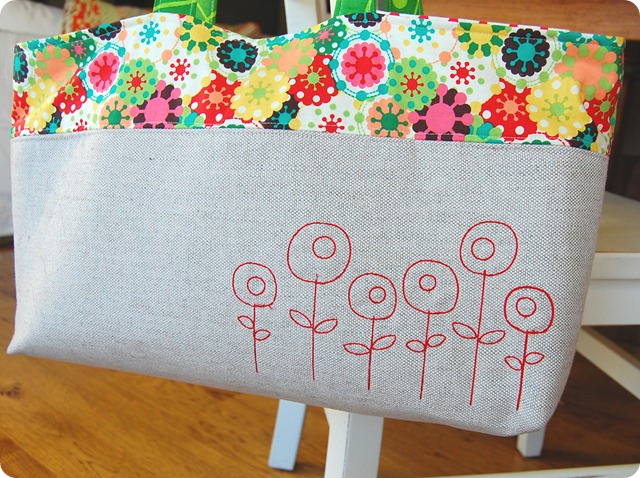
Sometimes I embroider with a cotton-linen blend, like these patchwork pillows, but I really miss that texture of the 100% linen. You just don’t have any texture here. Which was fine for these quilted pillows. And it would be fine for embroidery, just a bit one-dimensional.
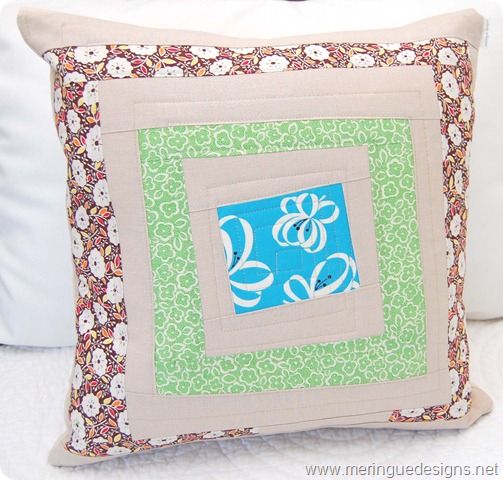
As mentioned in the first paragraph, if you can find 8-10 oz. linen with a nice tight weave, buy it up. They have it right now at fabric.com.
click here. And it’s re-orderable so I think you are in luck. Item number BV-966. I have a swatch right here with me and it’s perfect. I hate that it is $12/yd but it’s 58” wide and it goes a long way. Lovely, isn’t it on this
spirograph pillow.

And on this
spirograph ovals pillow.
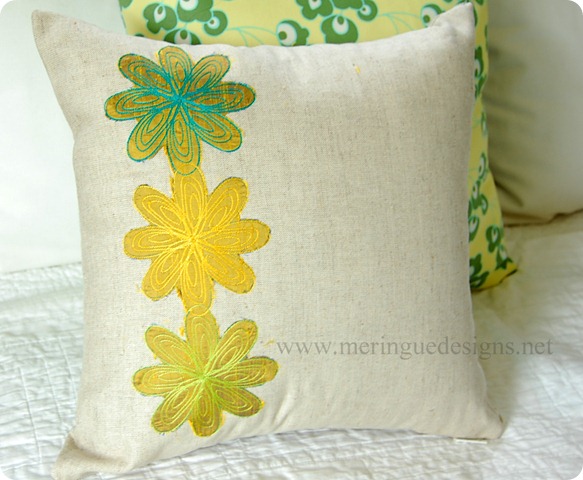
So I hope that covers the linen questions. A few words about silk now:
I always keep dupioni silk on hand for applique. If you’ve only ever used cotton for appliqué, you are missing out. I used an iridescent chartreuse silk on the above pillow but gave it a different look for each flower by using different colored threads for embroidery. I love everything about iridescent silk. Look at those lovely blue threads that combine with yellow to make chartreuse. Yum.
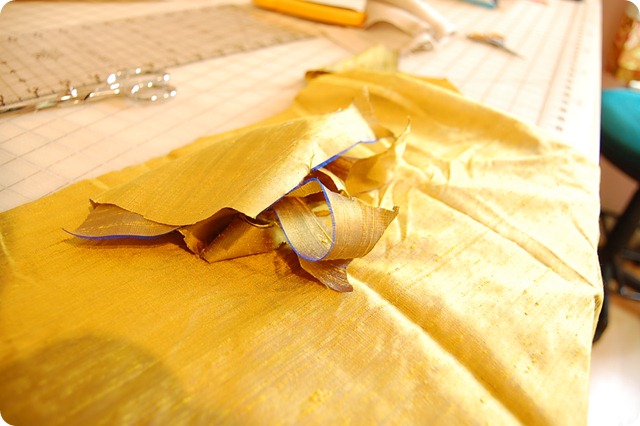
I buy my dupioni silk at fabric.com but lately I have been disappointed in their color selections, so I am not sure where to go next. Here is a sampling of my silk:
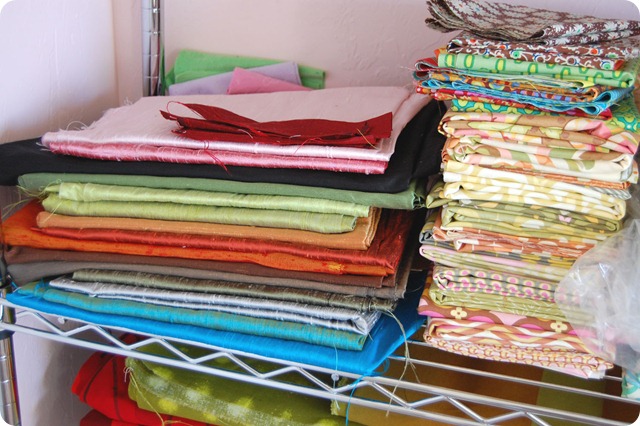
Can you wash silk? For home decor I say yes. I do not wash it ahead of time and have since washed finished pillows that had silk and they look just fine. Be aware—not all silk can be spray starched prior to appliqué. It can stain. Do a test first. But if it won’t stain, that’s my favorite way to stiffen the silk for appliqué work.
I love to embroider on denim—not just blue denim, but any twill canvas can be called denim really. I prefer a lighter weight 6 oz denim for purses and skirts. I say that because 60z. denim is more versatile for sewing projects—great for clothing and home decor, but for embroidery projects, either light weight or heavy weight embroider just fine. Like my jeans, obviously a heavy weight denim. Embroidered with silver metallic thread with this
mum design.
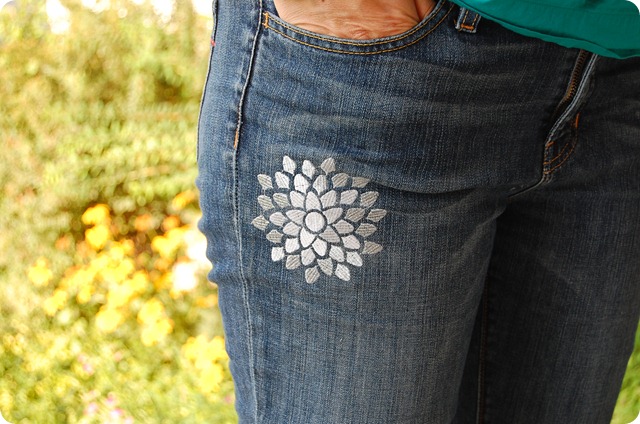
Here is a turquoise denim, super heavy weight:
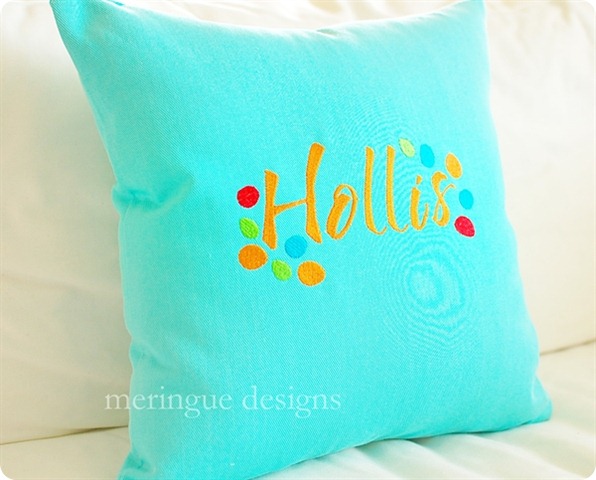
And a lighter weight 6 oz denim:
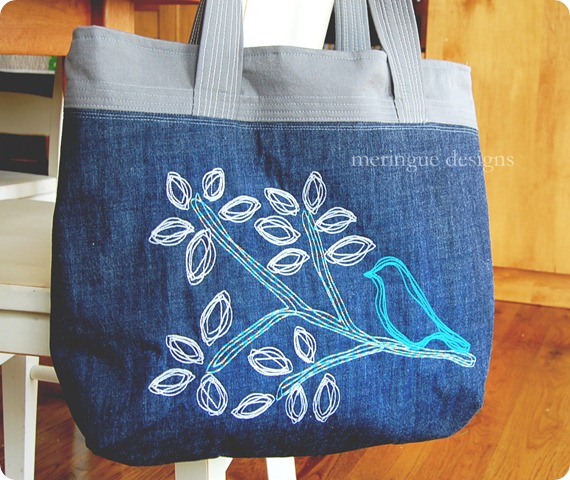
I love to use light weight cotton canvas as well but it is harder to find. this
branches monogrammed pillow used lighter weight canvas and dupioni silk. It turned out perfectly:
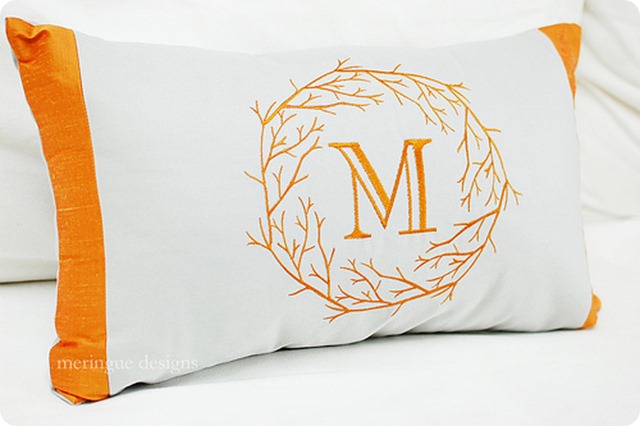
To sum it up: use natural fibers for embroidery and sewing—linen, denim, canvas, and silk. Shun polyester fabrics.
Hope this helped!

